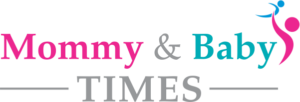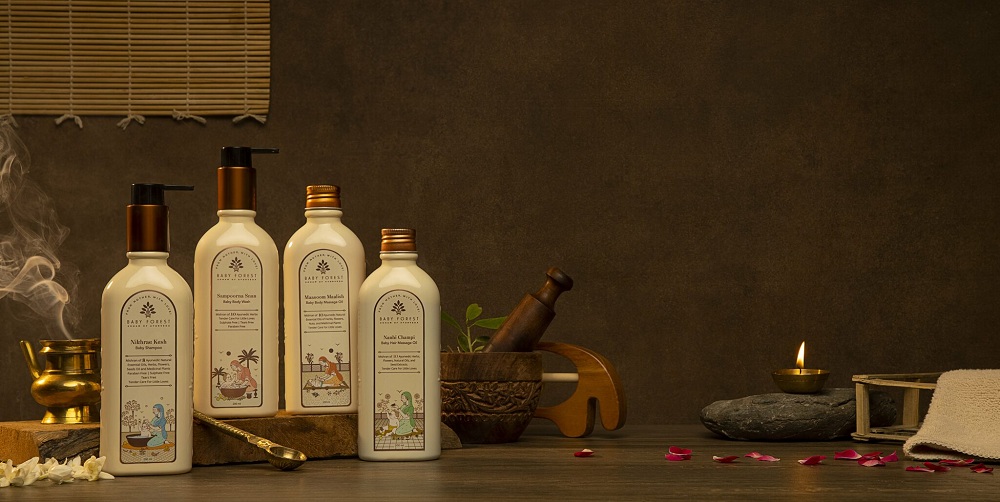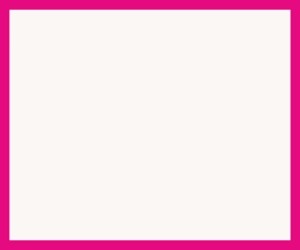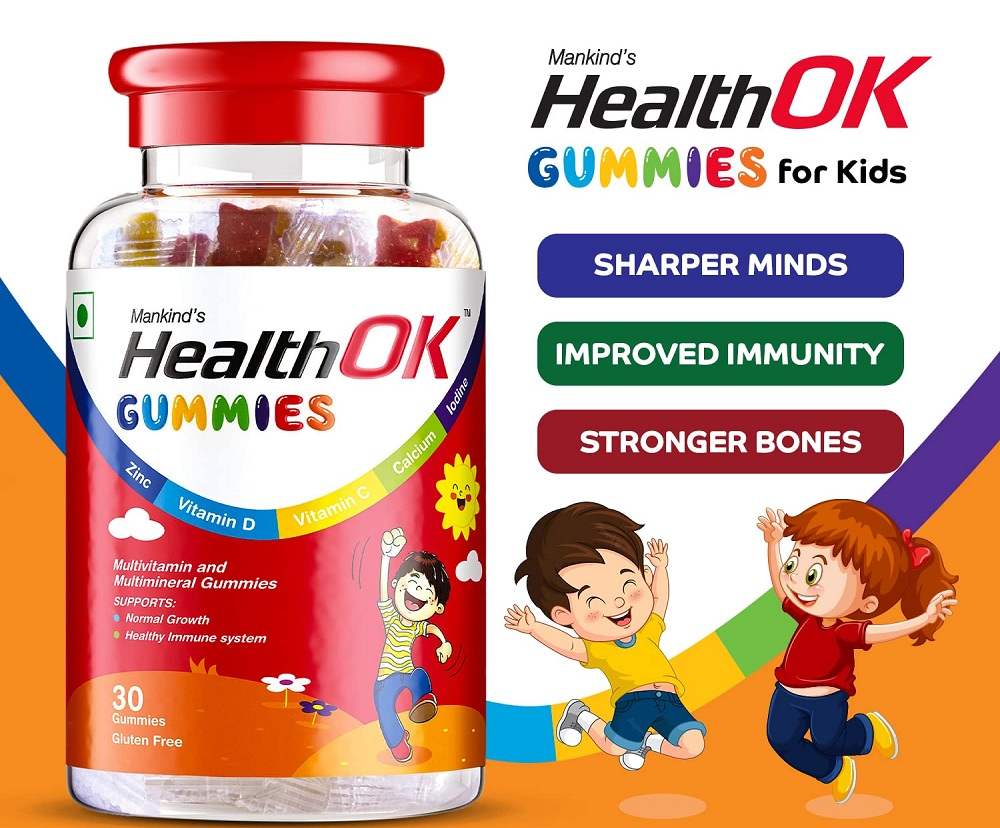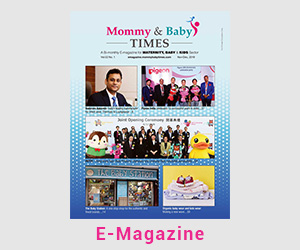raybaby is a non-contact baby monitor which monitors a baby’s sleeping and is a breathing tracker. The monitor sends information to a custom application that the user can download and then, the application sends an alert which can notify the user of whether the baby is sleeping, awake or having issues with their breathing. Mommy & Baby Times (MBT) had an exclusive interaction with Sreenath Somanath, Vice President-Sales at raybaby (Ray Iot Solutions, Inc).
November 14, 2018

MBT: Please tell us about raybaby, how the company was formed?
Sreenath Somanath: It all started when all the three founders who are engineers, namely, Ranjana Nair, Aardra Kannan Ambili and Sanchi Poovaya, were babysitting for a friend who had a premature baby. On seeing all the wires that were taped to the baby and the constant monitoring was certainly a distressing sight. They felt that placing hand on the baby’s chest, or holding finger near the nose to sense breathing is not an ideal solution, because it wakes the baby up or alters the breathing pattern. raybaby has a camera, and it also uses radar technology, similar to ultrasound technology – a technology that has long been used to monitor the movements of babies in the womb. Having radar to track the baby’s breathing to effectively look at the baby’s chest movement results in tracking it with a high level of accuracy. The data captured is very rich and it would be able to tell to the parents through a smartphone app whether the baby is awake or sleeping or even if the baby is sleepy. And there are a whole range of notifications that the parents can be given through the app and they can customise these alerts depending on how they want them.
So, the benefit is, number one, there is nothing on the baby, no wearable devices or batteries, nothing under the mattress; number two, it is highly accurate, as a result, the chance that the parents are woken up for no reason is extremely slim. And number three, if the baby is swaddled or the room is packed, there is a parent who is co-sleeping or even if there is a movement in the room, it doesn’t really matter as the raybaby picks up only the baby’s breathing.
“Having radar to track the baby’s breathing to effectively look at the baby’s chest movement results in tracking it with a high level of accuracy… it would be able to tell to the parents through a smartphone app whether the baby is awake or sleeping or even if the baby is sleepy… and they can customise these alerts depending on how they want them.”
MBT: When exactly did you introduce this product?
SS: raybaby was started in the year 2015 and we’ve just launched on Amazon this month, on the 15th of October. We’re in talks with other big box retailers as well to launch on other online platforms, and we would be ticking them off one by one leading to the holiday season.
MBT: Would you like to elaborate on the strategy going forward?
SS: The milestone for us at this stage is definitely to be a market changer, because this technology hasn’t been introduced in the segment at the very least by anyone. And we feel it is a very pioneering move because it is going to make people think on what can be the potent tools to focus on safety as well as on accuracy. Going ahead, we definitely want to be trailblazers and we are in fact planning to expand the application range of the product. Currently, our product raybaby can monitor a baby of 0 months up to three years, but we want to look at all the kids of other age groups, and also at people with some sleeping disorders, etc.
MBT: You say that you are pioneers in this field, but there are many sensors available in the market, I would like to understand from you, how your product stands out from them, or what extra advantage or strength does your product carry?
SS: Amongst all the monitors that monitor vitals right now, there are two ways of doing it, it’s either contact or through video. If it’s a video, we’re talking about 27 frames a second, that’s the data the video monitors work with. Thus, no matter how good the algorithm is, it’s like working with a spreadsheet with 10 lines of data, v/s 10,000 lines of data in the case of raybaby. And where we come in is, we have an AI-based algorithm that gets better and better. For instance, if we are working with 10,000 babies and the data that is captured over that is 70 million a day, that’s the kind of data that we work with. It is all about accuracy and being safe at the same time. If it’s a video, it clearly doesn’t give out rich and sufficiently detailed information. On the other hand, for a contact monitor, the concern is how to classify any movement, between saying the baby is awake or moving, it gets very difficult to categorise movements. Unlike the raybaby which focuses directly on the baby’s chest and that is why we call ourselves a breathing tracker.

MBT: You’ve briefed a lot about design and development of this product; tell us more about the production operations of the raybaby?
SS: We want to be able to be flexible as we get into the market, listen to the feedback and see if we need to adapt anything. Most of our R&D team is currently based very close to where the manufacturing operation is, to give us the nimbleness and agility to be able to respond to what the market is saying. We will scale up very fast as we see the uptick and based on what the customer feedback is. And we assemble in India, however, we source from all over the world, there are components coming in from US, some specialised components coming in from Europe, and some from Asia as well.

